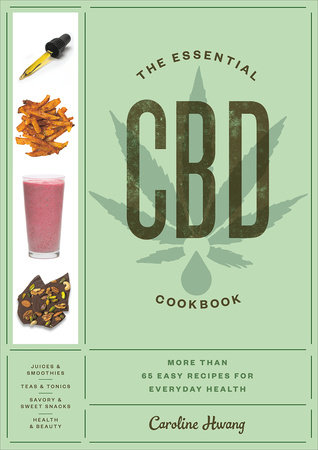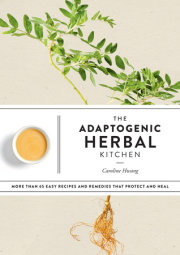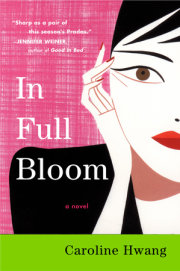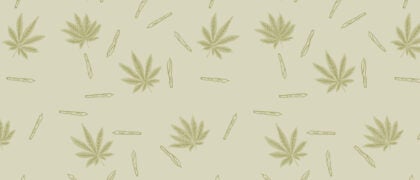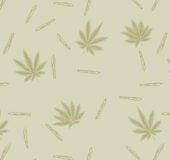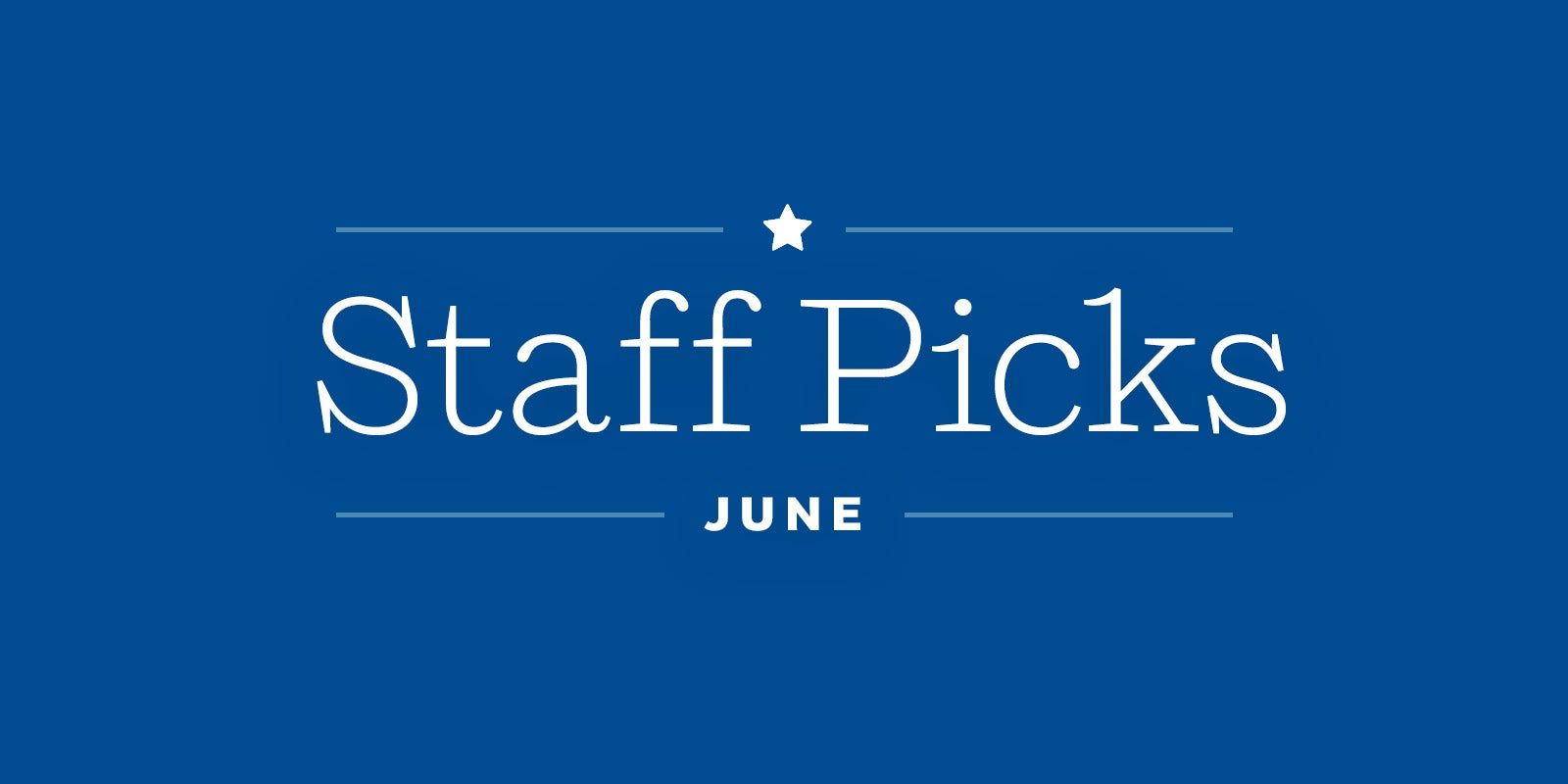Introduction We all want to feel our best. For some, that means eating well, exercising, and taking vitamins. Others rely on natural remedies like medicinal roots or herbs. CBD is another useful tool to keep your mind and body healthy.
What is CBD?Cannabis has been used in medicine for thousands of years in Asia to treat ailments such as rheumatism, gout, and malaria. It wasn’t until the early nineteenth century that researchers began studying its benefits and medicinal applications. It is believed that the cannabis used during this time was low in THC and high in CBD and therefore excluded the psychoactive effects. Over time, more studies were conducted, and in the 1980s, CBD was shown to be effective in treating epileptic seizures. In the 1990s, researchers discovered the endocannabinoid system, a complex biological system that allows cannabis to interact with the receptors in our bodies.
Even though both CBD and THC are derived from the cannabis plant, they are very different in what they do. Cannabidiol (CBD for short) is a molecular component of the cannabis plant, a cannabinoid. THC is also a cannabinoid, but unlike THC, CBD does not contain any form of the psychoactive component that gives you that “high.” CBD is non-psychoactive and nonaddictive. There are CBD products that contain some THC, and for some people, THC aids the body’s receptors to accept CBD.
We now know that there are numerous benefits to using CBD both topically and internally. CBD has antifungal and antibacterial properties, with research showing that it is effective at killing bacteria and even superbugs. In patients with epilepsy or multiple sclerosis, seizures and spastic pain dissipate with the usage of CBD. CBD works as an anti-inflammatory, which aids those with chronic pain issues.
There are several studies that show how CBD acts on receptors in our nervous system, and how our bodies perceive pain, inflammation, and anxiety differently when using CBD. It can also offer relief from diseases such as autoimmune diseases, Parkinson’s, diabetes, and psoriasis, among others. For people looking for an all-natural alternative to pharmaceuticals, this supplement could be the solution.
How do you use CBD? Multiple success stories and accounts serve as evidence of its usefulness in treating anxiety, depression, pain, and insomnia. In some cases, CBD can even increase energy levels. Even if your ailments are not severe, you can use CBD to treat symptoms to your own comfort level. CBD oil is now readily available, and ingesting it orally is becoming more popular. It can be taken in many ways, such as capsules, vapor, patches, lotions, sprays, oils, and tinctures. Some people ingest the oil and tinctures on their own, but they can be added to a variety of foods to help mask the earthy, bitter taste that some people find unpleasant. In the following recipes you will find a variety of healthy “edibles” you can make. CBD can also be used topically. It can provide localized relief and can help relieve skin conditions such as acne or eczema. Use the oil by itself, make it into a lotion, infuse it with Epsom salts for a bath, or add it to a body scrub to give yourself a spa treatment with a little stress management and pain relief rolled
into one.
Because CBD is such a new and burgeoning industry, more scientific research is needed in order to pinpoint a universal dosage. Like every other natural remedy out there, it may take a little while for your body to become attuned to its effects, and it doesn’t work in the same way for everyone. But it’s worth experimenting a little with dosing—a dropper full of oil or a slather of lotion might be what works for you.
Copyright © 2020 by Caroline Hwang. All rights reserved. No part of this excerpt may be reproduced or reprinted without permission in writing from the publisher.




